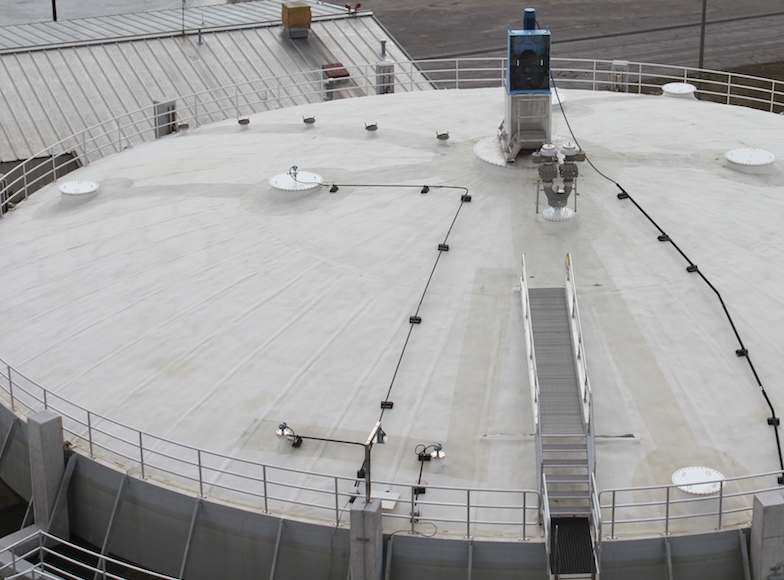The following practice problem tests the basic concept of volatile solids reduction, which is a process that uses bacteria to break down volatile solids in the absence of oxygen inside the anaerobic digester. These volatile solids originate from the waste sludge, which is gathered from the primary and secondary treatment systems. After the volatile solids reduction process, the sludge is dewatered and hauled to a landfill or land application site.
The key to solving this problem is to make sure that the percentages are converted to decimal format. For example, 20% should be written as 0.20. Remember this when entering the data into the Volatile Solids Reduction formula.
Also, be careful with rounding. Don’t round the number until you get the final answer. Otherwise, you may get a different answer.
The following question is an entry-level question. When you reach a more advance level, the questions are much more involved. This one is a great starter problem.
Practice Problem:
Volatile Solids Reduction
The volatile solids content of the primary and waste activated sludge sent to the anaerobic digester is 75.2%, while the digested sludge has a volatile solids content of 54.6%. Find the volatile solids reduction in the anaerobic digester.
Known:
VSin = .752
VSout = .546
Solve for:
Volatile solids reduction = ?%
[latexpage]
Step 1:
Use the Volatile Solids Reduction formula.
Step 2:
Make sure to enter the percentages in decimal format. For example, 75.2% is entered as 0.752.
The answer is 60%.
HELPFUL RESOURCES:
Practice Problems for Wastewater Treatment Operator Certification Test
If you’re looking for more practice problems, click here.



